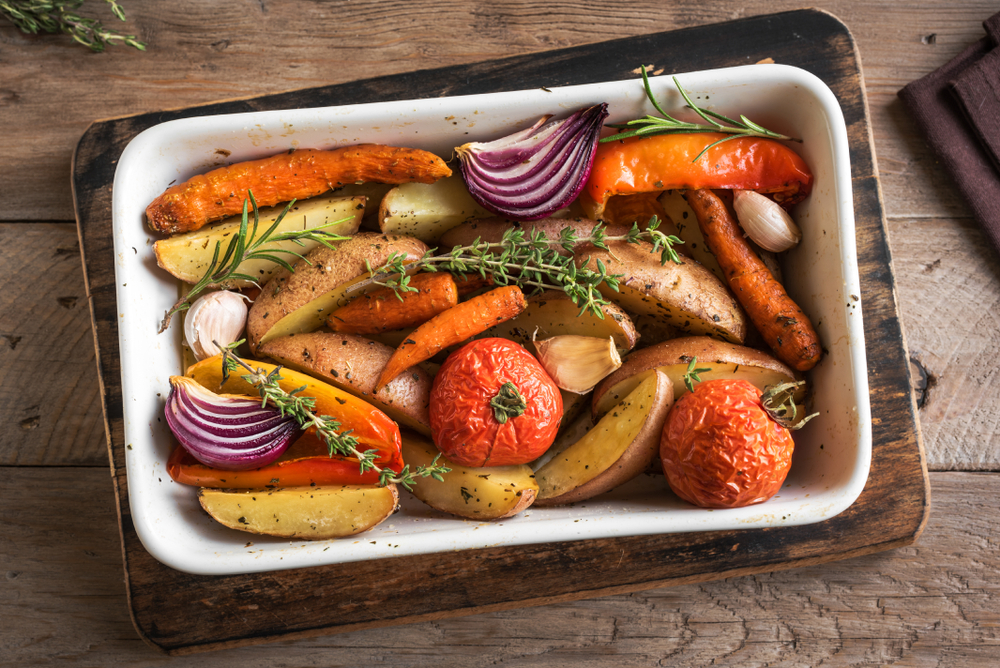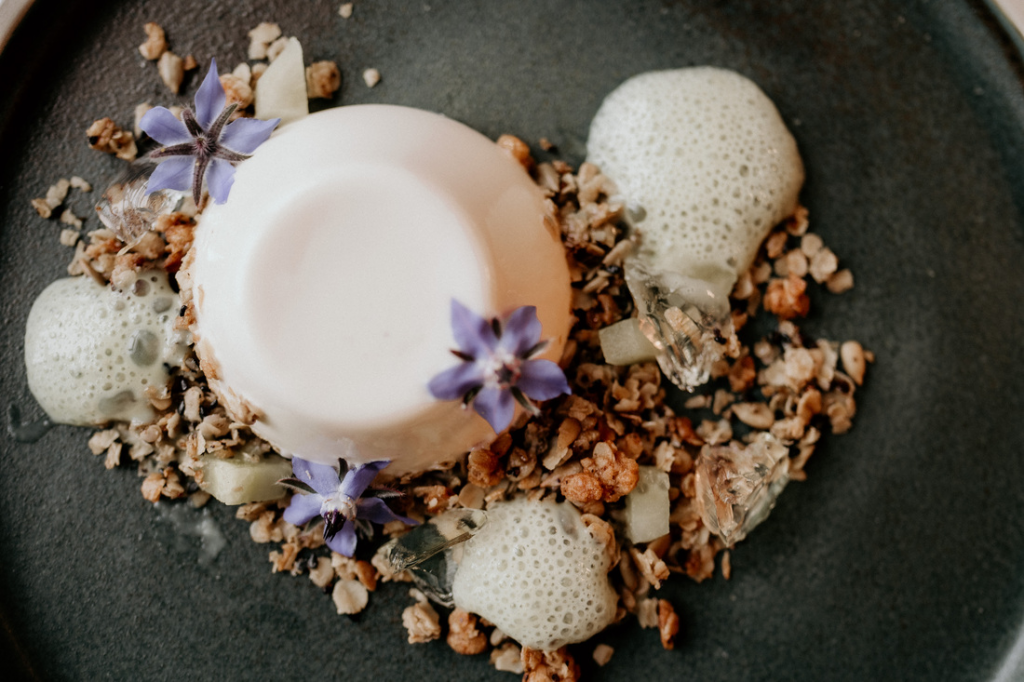Wild mushroom feed is an exciting way to explore nature and enjoy your seasonal fee, but there are risks that cannot be ignored.
With the eating varieties, when the toxic searches of the shadowing varieties, experts are urgent to prioritize safety in spontaneity.
Fungi expert Elliot Webb from Urban Farm-IT and GREAD GREAD writer at home: The perfect guide to knowing, growing and loving mushrooms, shares his thoughts on the most popular tip honestly, and avoids the dangers of fungal poisoning.
Fungal feed – correct identification:
“The key to safe feeding is accurate identification. Some of the most deadly fungi, such as death cap, can easily mistakenly mistakenly misad the harmless varieties. I always recommend carrying a reliable field guide or even using applications for cross references, but even then you use caution. One mistake may have devastating consequences.
Mushroom feeding – Avoid suspicious fungi:
“Toxic fungi often look perfectly edible, and some even mimic popular species such as Chanterelles or Porcini. If the sponge has unusual properties – such as strange color, smell or texture – it is better to leave it where you found it.” Trust your instincts and remember that the lost possibility is much safer than a trip to the hospital. “
Fungal feed – do not select contaminated areas
“Mushrooms are natural recyclables that absorb nutrients from their surroundings. Unfortunately, this also means that they take toxins, such as heavy metals, pesticides and other impurities. Avoid areas near industrial zones, busy roads or land areas, which may have chemical runoff.
Mushroom Feeding – Skip the popular myths:
“Over the years, I have heard many myths of fungi that are simply wrong. For example, humans often believe that fungi are safe if animals eat them or that color during cooking shows toxicity. These myths can lead to serious danger. The only reliable method is based on reliable resources or expert guidelines.”
Fungal feed – correct storage space:
“Once you have safely raised fungi, it is necessary to store them properly to maintain their quality. Mushrooms should be kept in a breathable container, such as wicker baskets or paper bags to prevent extra moisture, which can encourage bacteria or plastic. Avoid plastic bags at any price – they can even make moisture.
Mushroom feeding – General advice on poisoning risks:
“Even experienced feeders can make mistakes, so it is important to act quickly if you are suspected of poisoning. Symptoms such as nausea, vomiting or stomach pain can develop hours after enjoying hours. In such cases, seek immediate medical treatment and provide as detailed mushrooms – it can make all the change.”
Sourdough Recipe: Add these easy ingredients













